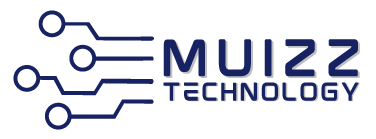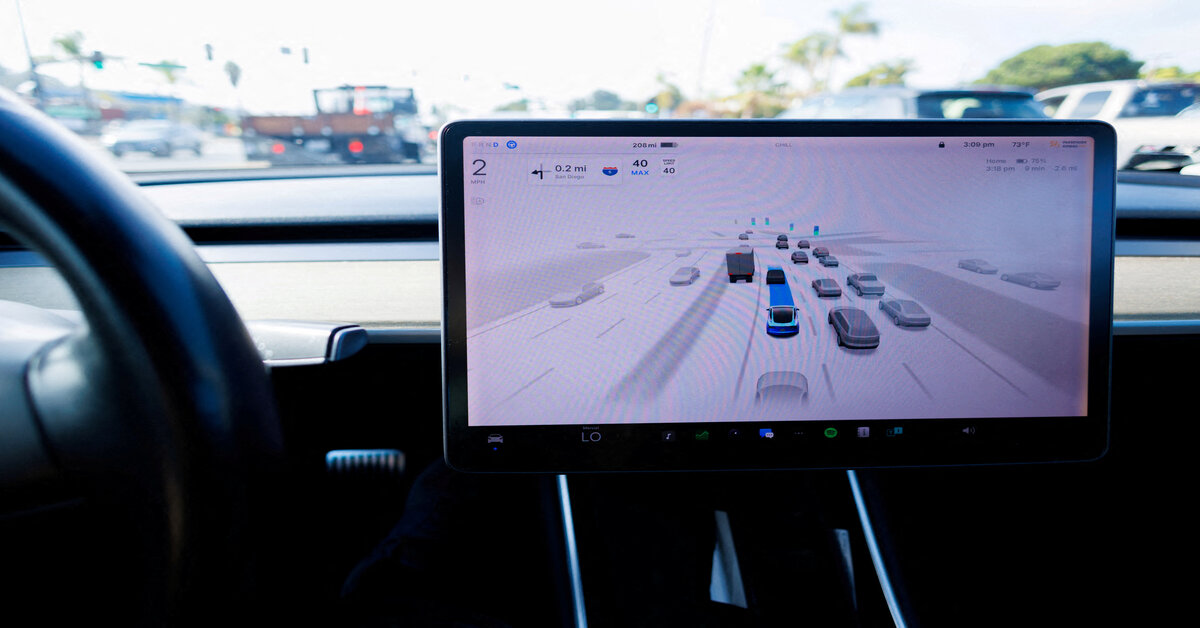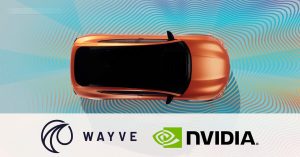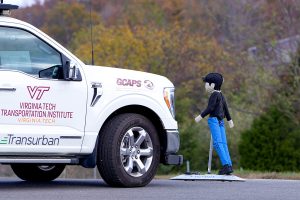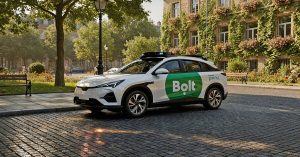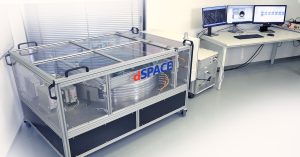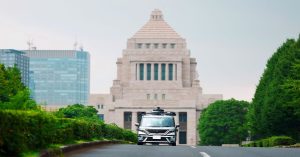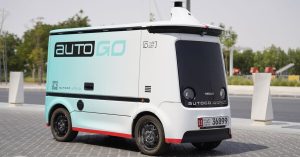Federal regulators have launched a Preliminary Evaluation into Tesla’s Full Self-Driving (FSD) system following multiple reports of traffic violations, crashes, and injuries allegedly linked to red-light running and unsafe lane changes. The investigation, initiated by the National Highway Traffic Safety Administration’s (NHTSA) Office of Defects Investigation (ODI), will examine whether Tesla’s driver-assistance software contributes to unlawful or hazardous driving behavior.
Purpose of the Evaluation
The ODI’s probe aims to determine the scope, frequency, and safety impact of FSD’s driving maneuvers that appear to breach traffic laws. Tesla markets FSD as an SAE Level 2 driver-assistance system, meaning it can handle certain driving tasks but still requires the human driver to remain attentive and legally responsible for all actions. Regulators are assessing whether FSD’s automated control inputs may reduce driver supervision or encourage overreliance on the technology, potentially leading to violations of traffic rules.
The central question is whether Tesla’s FSD software can command a vehicle to perform an action—such as entering an intersection on a red light or crossing into the wrong lane—that a competent human driver would recognize as illegal or unsafe.
Reports of Red-Light Violations
According to NHTSA, numerous complaints have been filed alleging that Tesla vehicles equipped with FSD failed to obey traffic signals. The ODI documented 18 owner complaints and one media report describing instances where vehicles either rolled through red lights, failed to stop completely, or misread the traffic signal’s status. In several cases, drivers said the system offered no visual or audible warning before taking the action.
Additionally, six Standing General Order (SGO) crash reports were linked to Teslas allegedly entering intersections against red lights while FSD was active. Four of these incidents reportedly resulted in injuries. Investigators also noted a potential pattern in Joppa, Maryland, where multiple violations occurred at the same intersection. Tesla is said to have implemented a software change to address the issue.
Improper Lane Changes and Wrong-Way Maneuvers
A second focus of the investigation involves improper lane changes and other erratic driving behaviors. Reports claim some Teslas on FSD mode have crossed double-yellow lines, entered opposing traffic, or attempted wrong-way turns. The ODI cited two SGO reports, 18 complaints, and two media accounts describing these incidents.
In another set of reports, vehicles allegedly drove straight from turn-only lanes or turned from through-lanes, ignoring lane restrictions. Several drivers said they received no advance warning and had little time to intervene, raising concerns about the system’s predictability and driver alerting mechanisms.
Scope and Next Steps
The investigation will evaluate whether FSD adequately warns drivers before executing unexpected or unsafe maneuvers. Regulators will analyze how much reaction time the system allows, its ability to detect and respond to traffic signals, lane markings, and wrong-way signs, and whether recent software updates mitigate the issues.
While the current evaluation focuses on red-light violations and improper lane changes, the ODI may expand its scope if other risky behaviors are identified. Depending on the findings, NHTSA could escalate the probe to an Engineering Analysis, potentially leading to a recall or mandatory software revisions.
